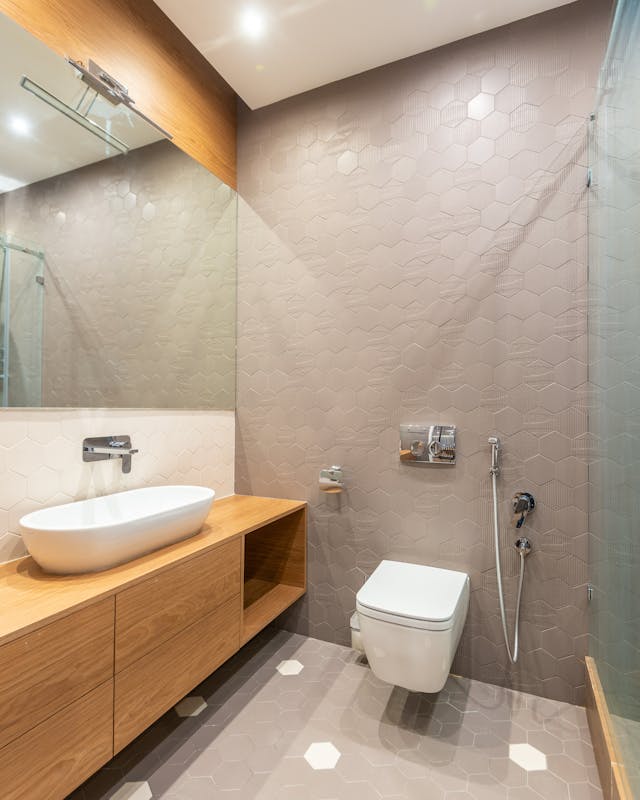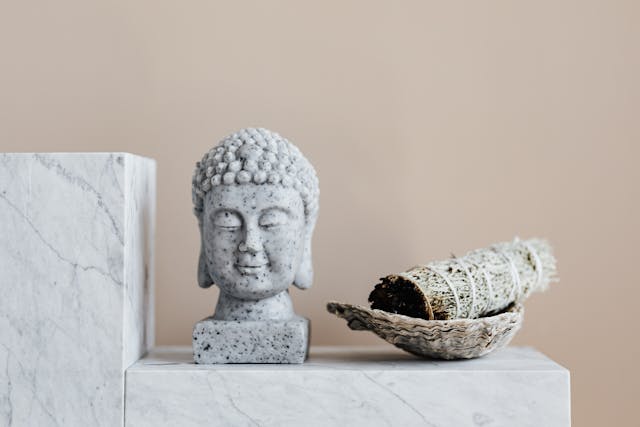Bidet utilization is deeply woven into the fabric of various global cultures, reflecting diverse rituals and hygiene practices. This integration showcases the cultural importance and the functional necessity of bidets, especially in societies where they have been a long-standing tradition. The nuances in how these societies perceive and integrate bidets provide a fascinating glimpse into the broader implications of hygiene, health, and societal norms.
Table of Contents
The Cultural Tapestry of Bidet Use
Understanding the cultural significance of bidets involves delving into different regions’ specific practices and traditions. In many cultures, bidets are more than just bathroom fixtures; they are integral to the daily ritual of cleanliness and have been for generations. This section explores how bidets are ingrained in the everyday lives of various communities and the underlying cultural values they represent.
Bidet Sprayers in Japanese Society
In Japan, the integration of bidet sprayers, or “washlets,” is a testament to the country’s long-standing commitment to cleanliness and technological innovation. These advanced toilet fixtures reflect a societal emphasis on hygiene, efficiency, and the embrace of modern technology to enhance daily life. Japanese washlets, equipped with features like adjustable water jets, temperature control, and air dryers, epitomize the fusion of comfort, cleanliness, and innovation, illustrating how deeply rooted personal hygiene practices are in the cultural fabric of the country.

Adaptation and Modernization
The evolution of bidet sprayers in Japan from simple hygiene tools to high-tech bathroom necessities highlights the dynamic nature of cultural practices. This transformation underscores the society’s adaptability and willingness to embrace technological advancements that align with traditional values of cleanliness, showcasing a unique blend of heritage and modernity in personal hygiene.
Ritual Purity and Hygiene in Islamic Cultures
In the context of Islamic traditions, the bidet’s role extends beyond mere cleanliness, touching on spiritual and religious practices. The concept of ritual purity is paramount, and bidets, particularly in the form of handheld sprayers, are essential for performing ablutions (wudu) in preparation for daily prayers.
The Role of Shattafs in Islamic Hygiene
In Middle Eastern and Islamic cultures, bidet sprayers, or shattafs, are ubiquitous in households, mosques, and public facilities. They serve a critical function in maintaining the ritual cleanliness required for prayer, reflecting the deep interconnection between hygiene practices and spiritual purity. The widespread use of shattafs is a clear indicator of the cultural priority placed on cleanliness and the practical measures taken to uphold these values.
Cultural Significance Beyond Cleanliness
The adoption of bidet sprayers in Islamic countries also illustrates how hygiene practices are embedded within the broader cultural ethos, emphasizing hospitality and respect. Providing such amenities signifies attentiveness to the comfort and dignity of guests, aligning with the cultural norms of hospitality and consideration for others’ well-being.
Societal Implications and Health Benefits
The cultural integration of bidets also has significant health implications, influencing public health and individual well-being. By promoting superior hygiene practices, bidets contribute to reducing the prevalence of genitourinary infections and enhancing overall health standards.
Impact on Women’s Health
Studies, such as those conducted on female university students, highlight the importance of proper genital hygiene in preventing infections. Bidets offer a gentle and effective solution for maintaining personal cleanliness, which is especially crucial for women’s health, impacting the incidence of genitourinary tract infections and contributing to safer menstrual hygiene practices.
Broader Public Health Benefits
The widespread use of bidets can lead to improved hygiene standards across a population, potentially decreasing the transmission of pathogens and contributing to overall public health. Their role in fostering cleaner and more hygienic communities speaks to the broader societal benefits of these fixtures.
Global Perspectives on Hygiene
The global adoption of bidets reflects varying perspectives on cleanliness, health, and comfort, driven by cultural norms and values. This diversity in usage and significance underlines the bidet’s role as a versatile and culturally embedded tool in personal hygiene practices.
Bidets in Cultural Transition
As cultures evolve and modernize, so too do their hygiene practices. The bidet’s journey from a regional tradition to a global hygiene solution exemplifies this cultural shift, adapting to contemporary needs while still reflecting deep-rooted historical practices.
The Future of Hygiene Practices
Considering the bidet’s impact on personal and public health, its future seems intertwined with global trends toward sustainability, technological innovation, and enhanced health consciousness. The ongoing adoption and adaptation of bidets worldwide signify a broader shift towards more hygienic, environmentally friendly, and health-conscious living.
The Bottom Line: Beyond the Bidet’s Practical Function
The bidet’s role in various cultures extends far beyond its practical function, touching upon deeply ingrained rituals, health practices, and societal norms. As it continues to be embraced by new cultures and modern societies, the bidet stands as a testament to the universal importance of cleanliness and the ever-evolving nature of personal hygiene practices. Its cultural significance, rooted in tradition yet adaptive to modern needs, highlights the bidet’s enduring relevance in fostering a cleaner, healthier world.
Featured Photo by Karolina Grabowska: https://www.pexels.com




